Water covers over 70% of the Earth’s surface, and most of that water is held in oceans. Some truly bizarre fish, squids, and crabs have been discovered in these oceans—all evolutionary bets are off when venturing deep into the shadowy depths. Here are 16 of the strangest animals that live in the ocean.
Blobfish
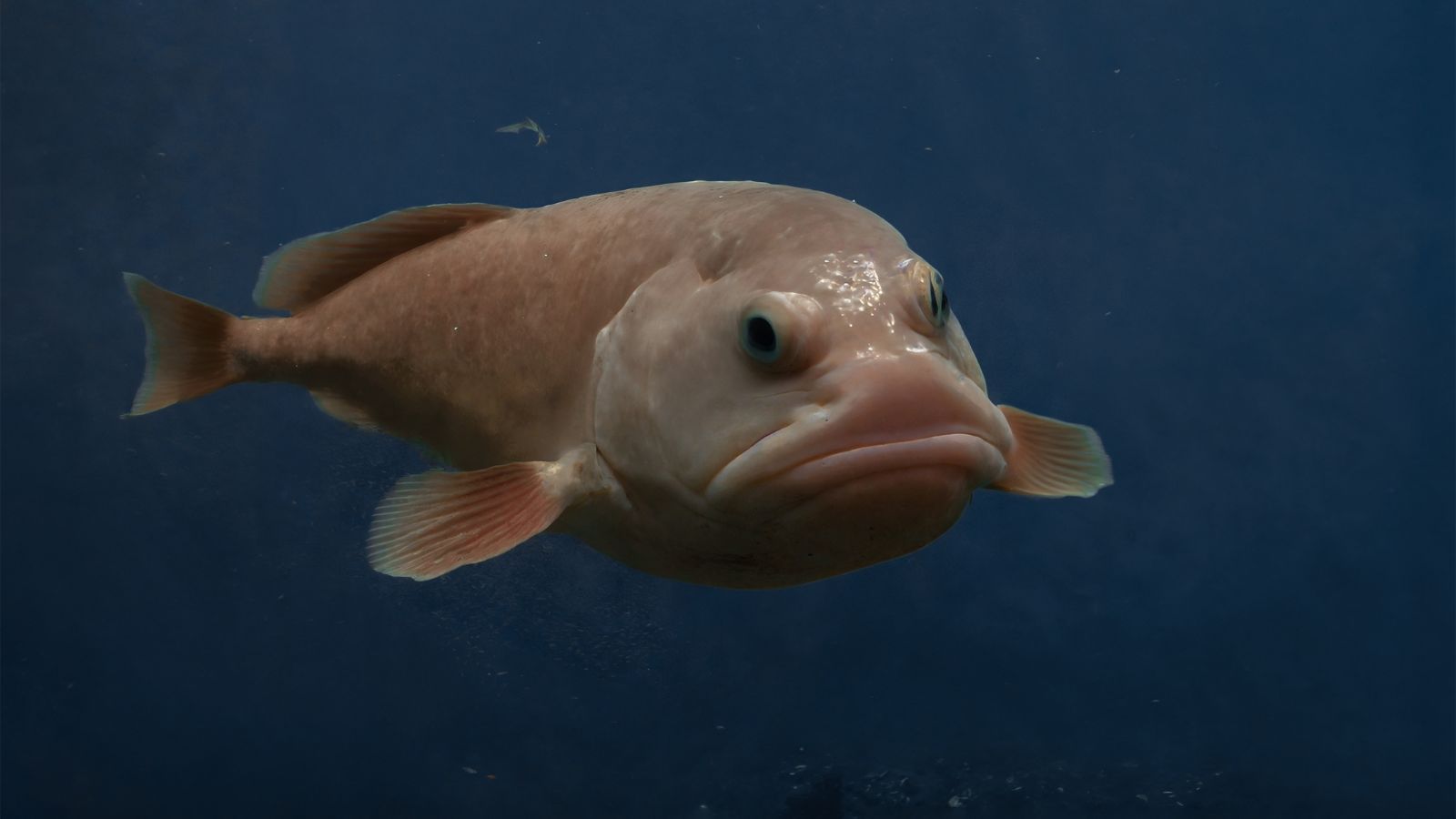
Everyone suffers from low self-esteem sometimes, so it’s easy to sympathize with the blobfish. The Smithsonian reveals that these ocean-dwelling uglies received the dubious award of being voted the planet’s most hideous species. This proves that it’s important never to judge by appearances, as blobfish are harmless.
Anglerfish
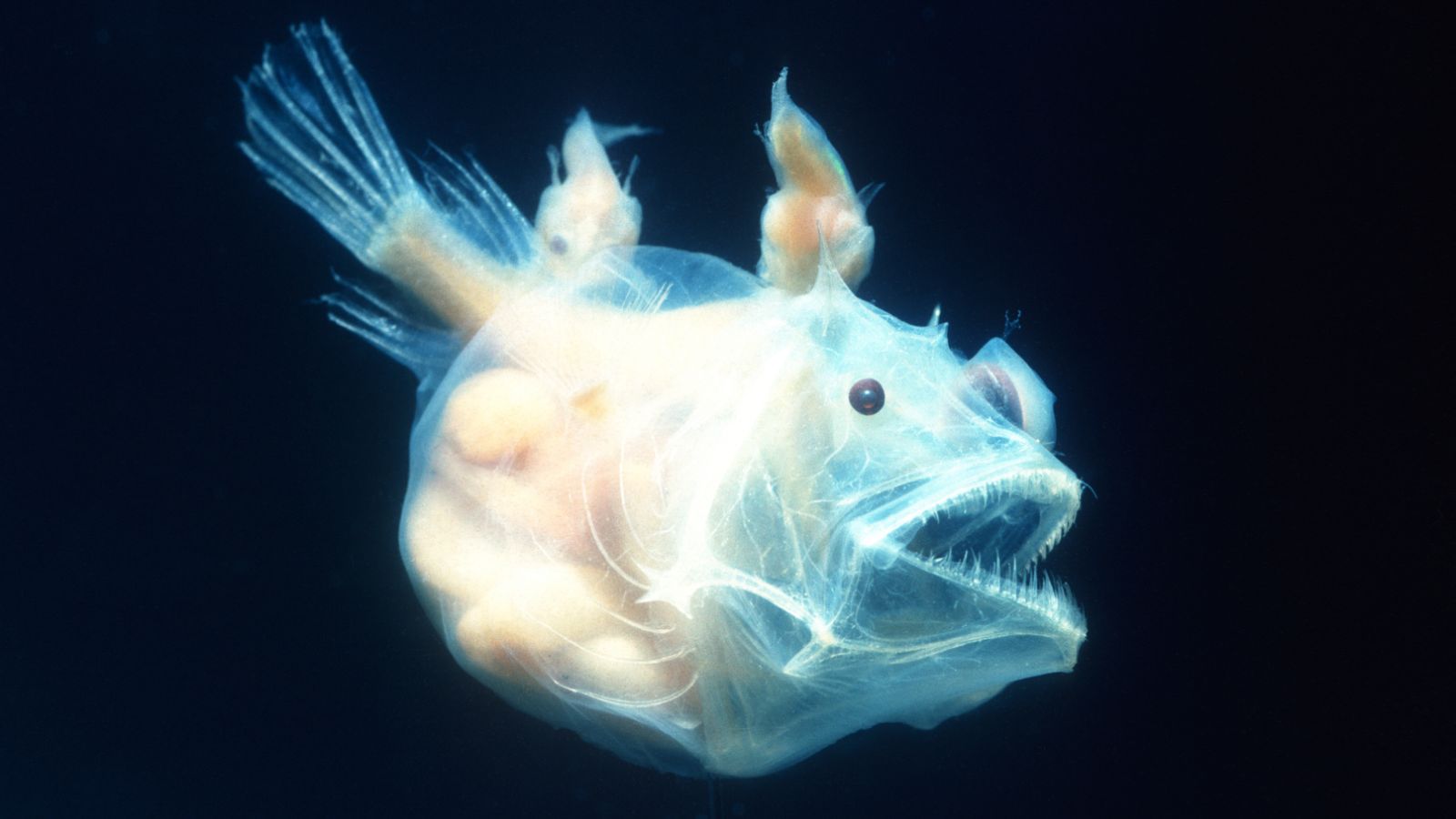
Few ocean creatures are as terrifying as the anglerfish, which resembles an invader from another planet. Anglerfish can live up to a mile below the surface, although some live closer to the surface. Watch out for these glow-in-the-dark sea monsters if you’re swimming in the Atlantic or Antarctic oceans.
Vampire Squid
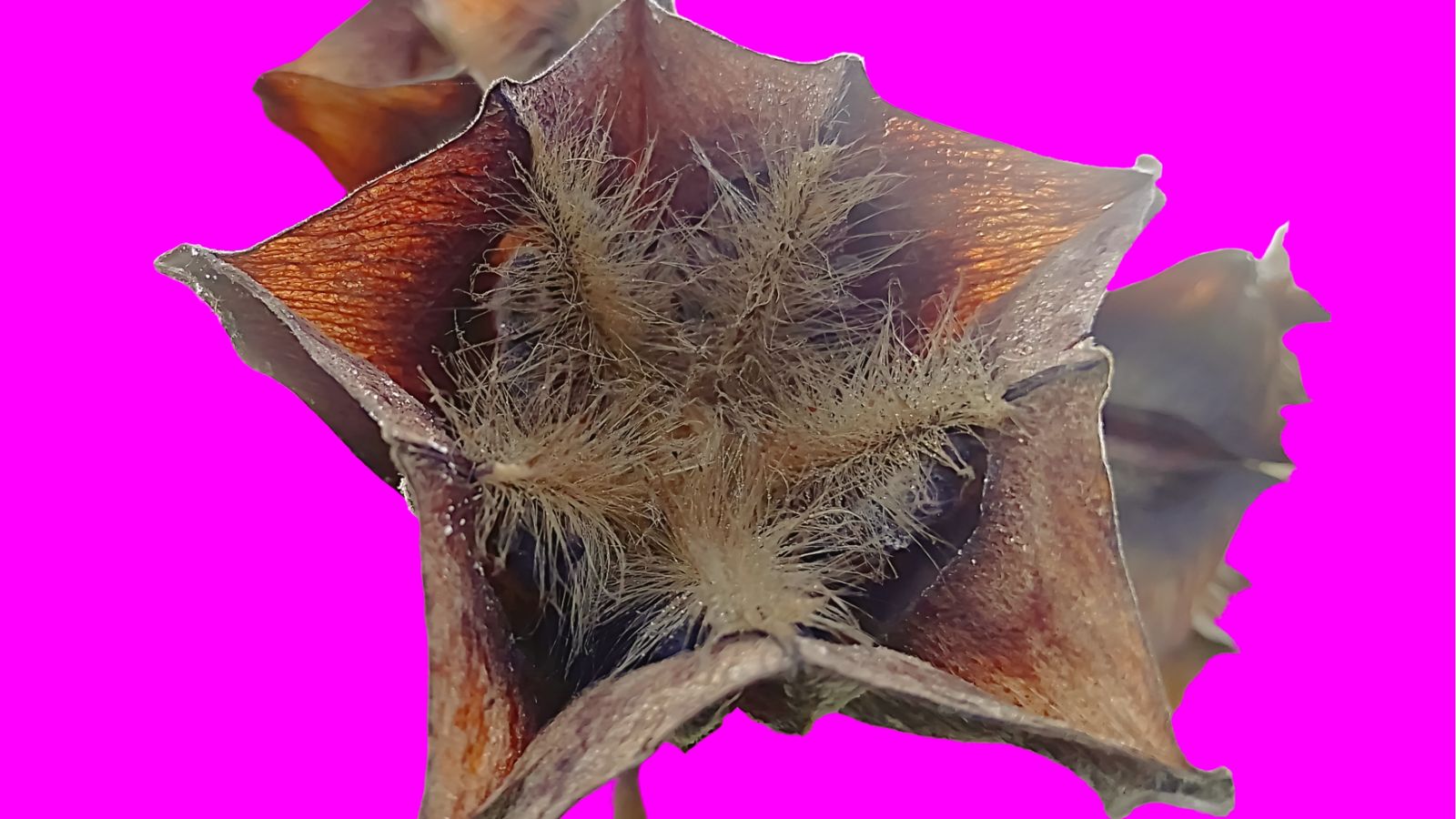
First the yeti crab, now the vampire squid—the ocean is a real-life horror show. However, ‘vampire squid’ is actually a misnomer. These creatures are mollusks, rather than squids, and none have been known to suck any blood. The vampire name comes from their caped, Dracula-like appearance.
Frilled Shark
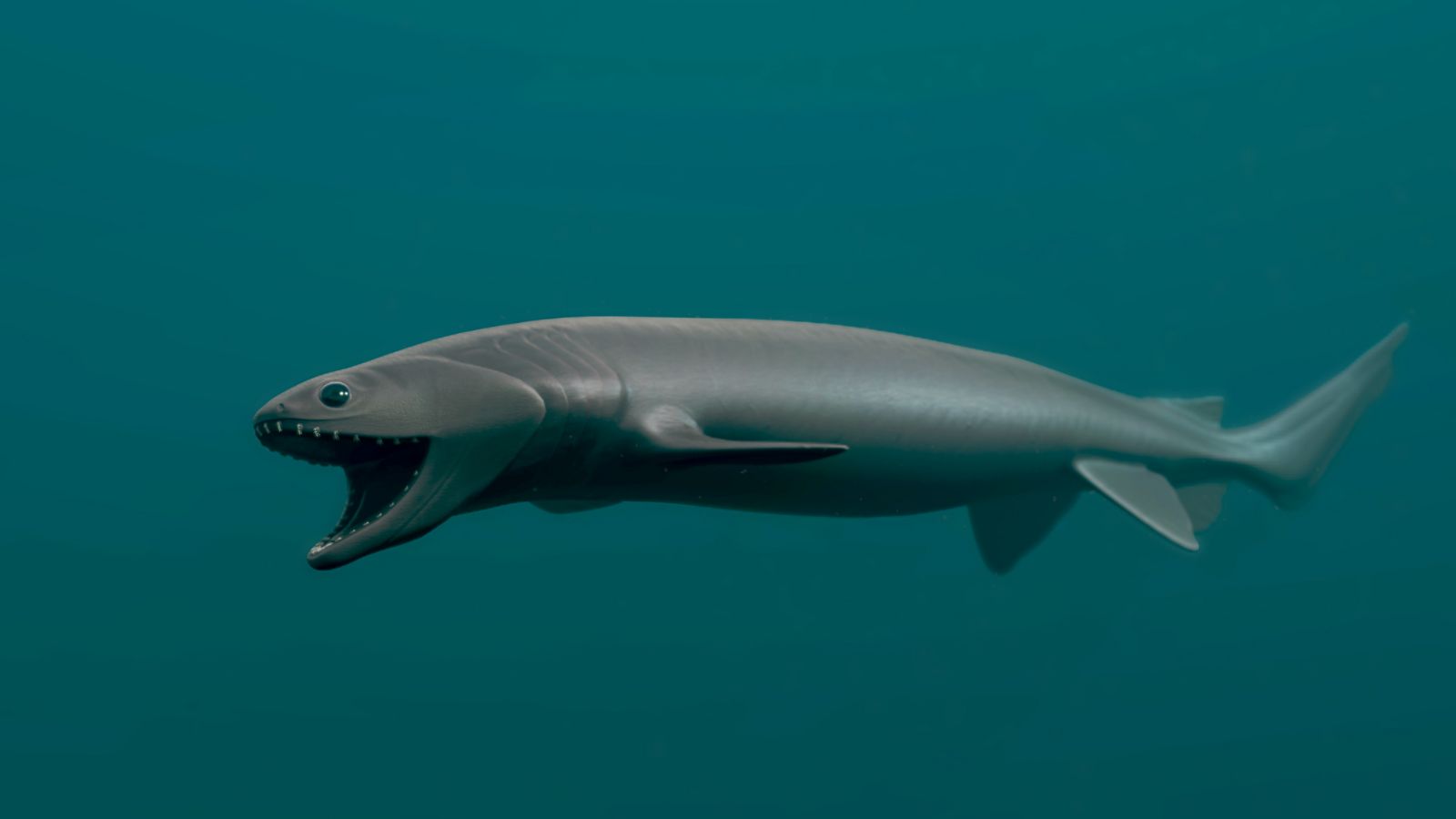
The adorably goofy frilled shark looks more like a plushie than a deadly predator, but this deep-ocean dweller has carved out a niche along the seabed. The frilled shark may be a fraction of the size of the Great White, but with over 200 teeth, you’ll still want to avoid provoking one!
Yellow Longnose Butterfly Fish

This Pinnochio of the depths was first identified in the late 1800s. The yellow longnose butterfly fish is found in tropical waters, like the Indo-Pacific and the Eastern Pacific Ocean. Unlike many ocean-going fish, yellow longnose butterflies are quite attractive due to their coloring and graceful fins, and some are kept as pets.
Immortal Jellyfish
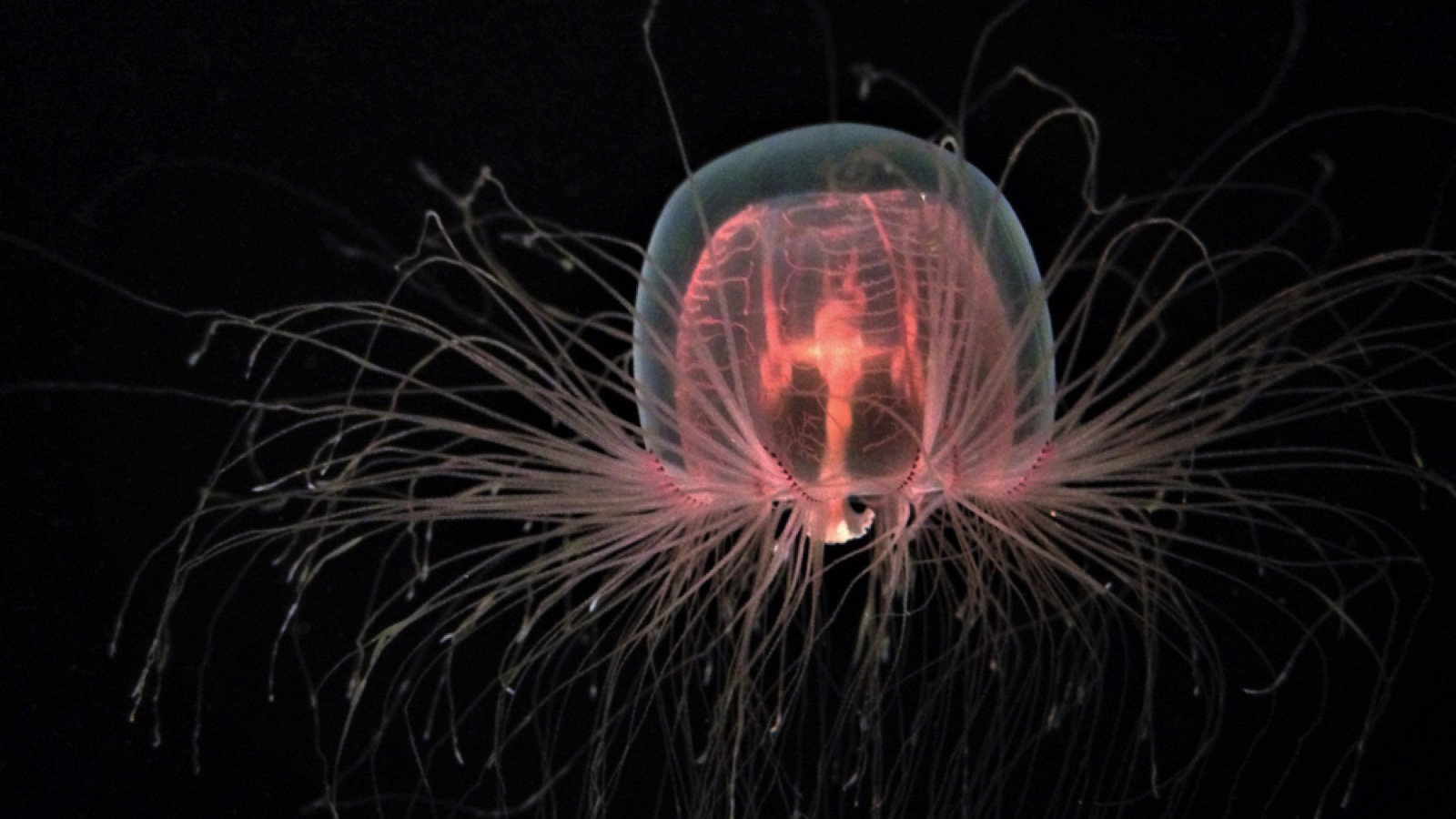
This fascinating creature can recycle its own cells via a process called transdifferentiation. This unique feature effectively allows the immortal jellyfish to live forever. The immortal jellyfish might also help future humans—the American Museum of Natural History reports that scientists are trying to mimic this creature’s healing talents for medical applications.
Emperor Shrimp
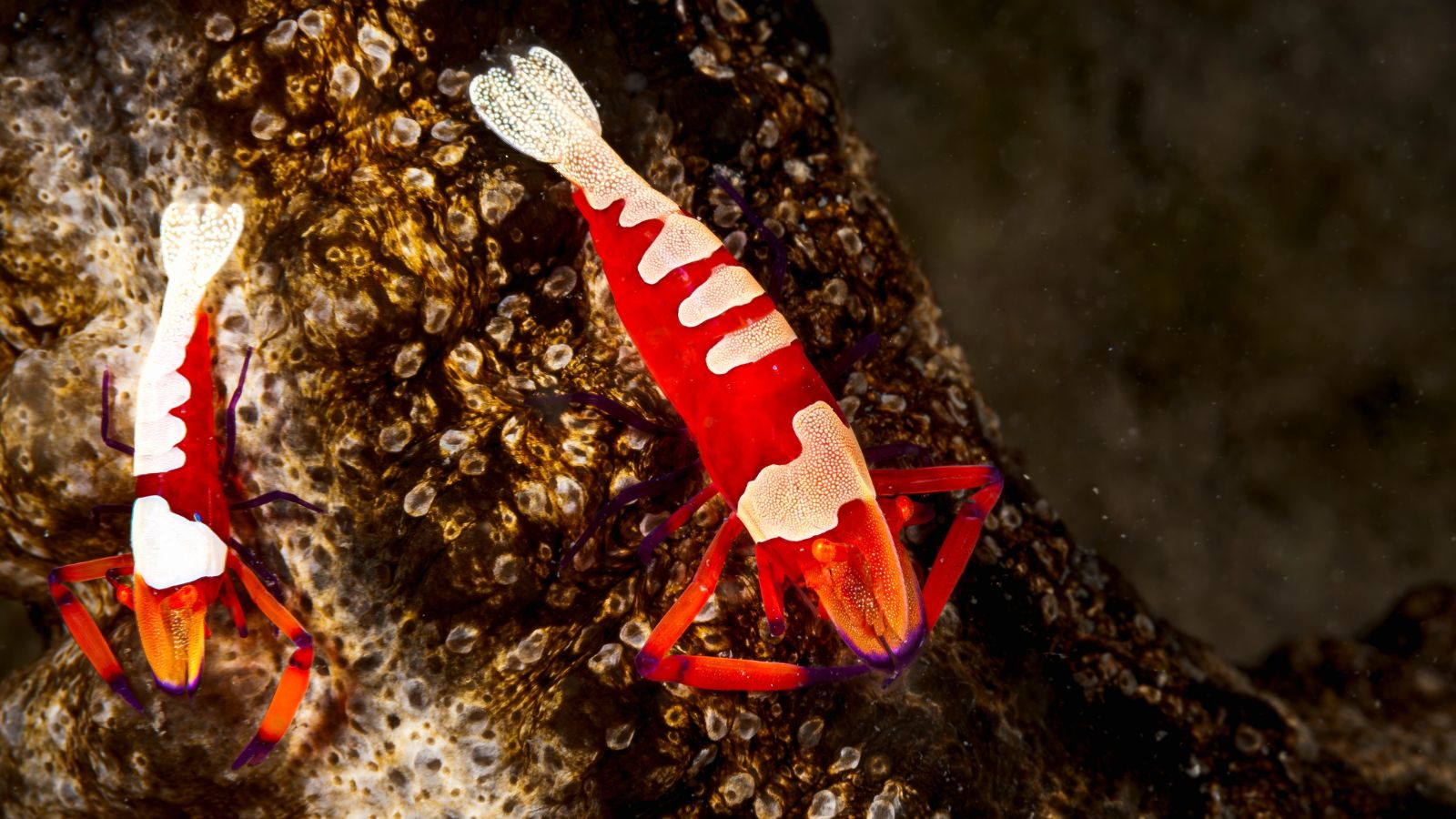
Few fish are as regal as the emperor shrimp. These Indo-Pacific royals spend their lives riding on sea slugs chariots. While this might not seem like a fair deal, both the shrimp and slug benefit from the arrangement, as the emperor shrimp cleans its host while benefiting from the sea slug’s protection.
Goblin Shark
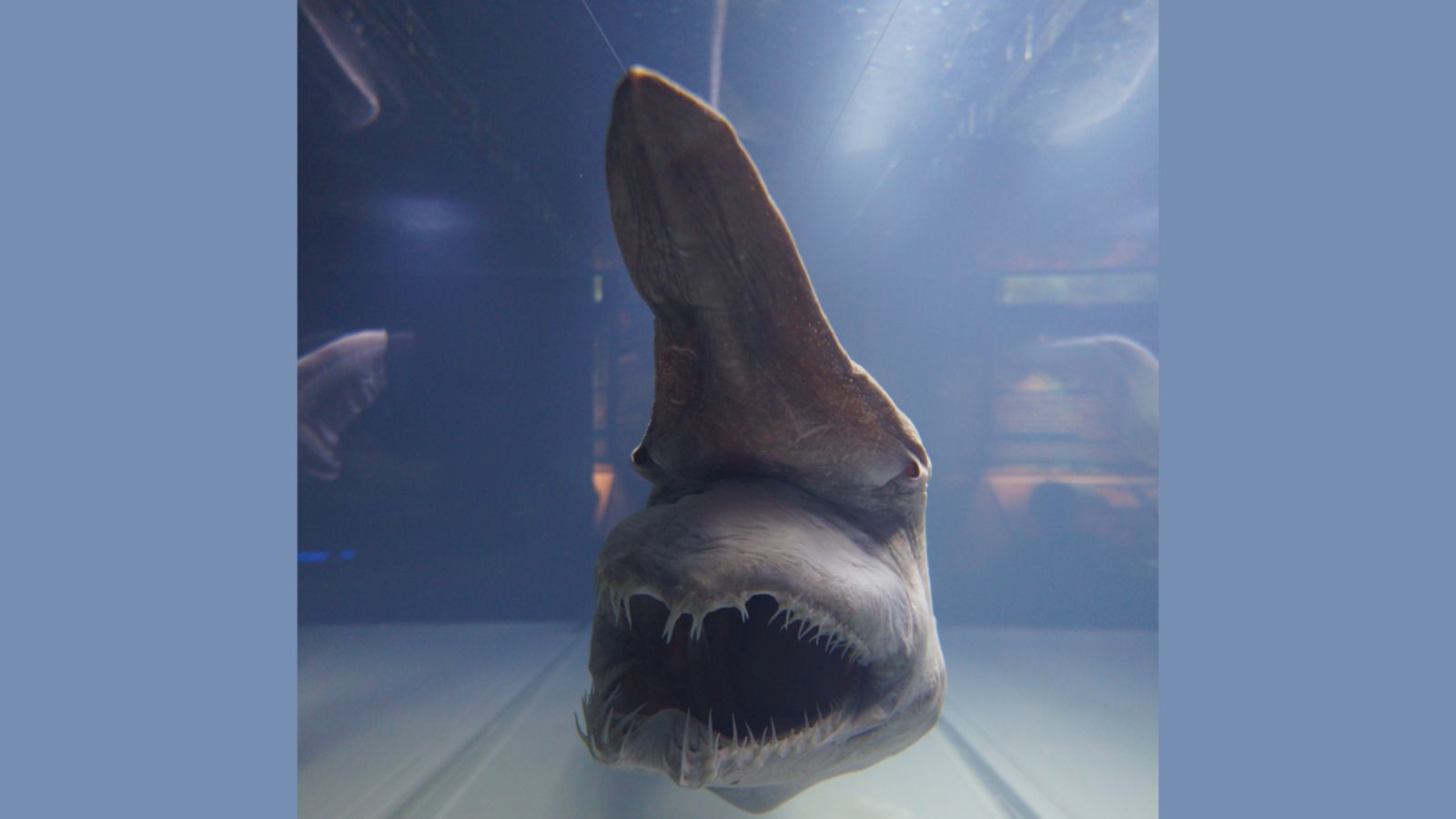
At first glance, the weirdest thing about the goblin shark is its long, bladelike snout. However, closer inspection will reveal the goblin shark’s impressive set of teeth, which can shoot out of its jaw to catch runaway prey. It’s no wonder that the goblin shark is named after a mythical Japanese monster!
Dumbo Octopus
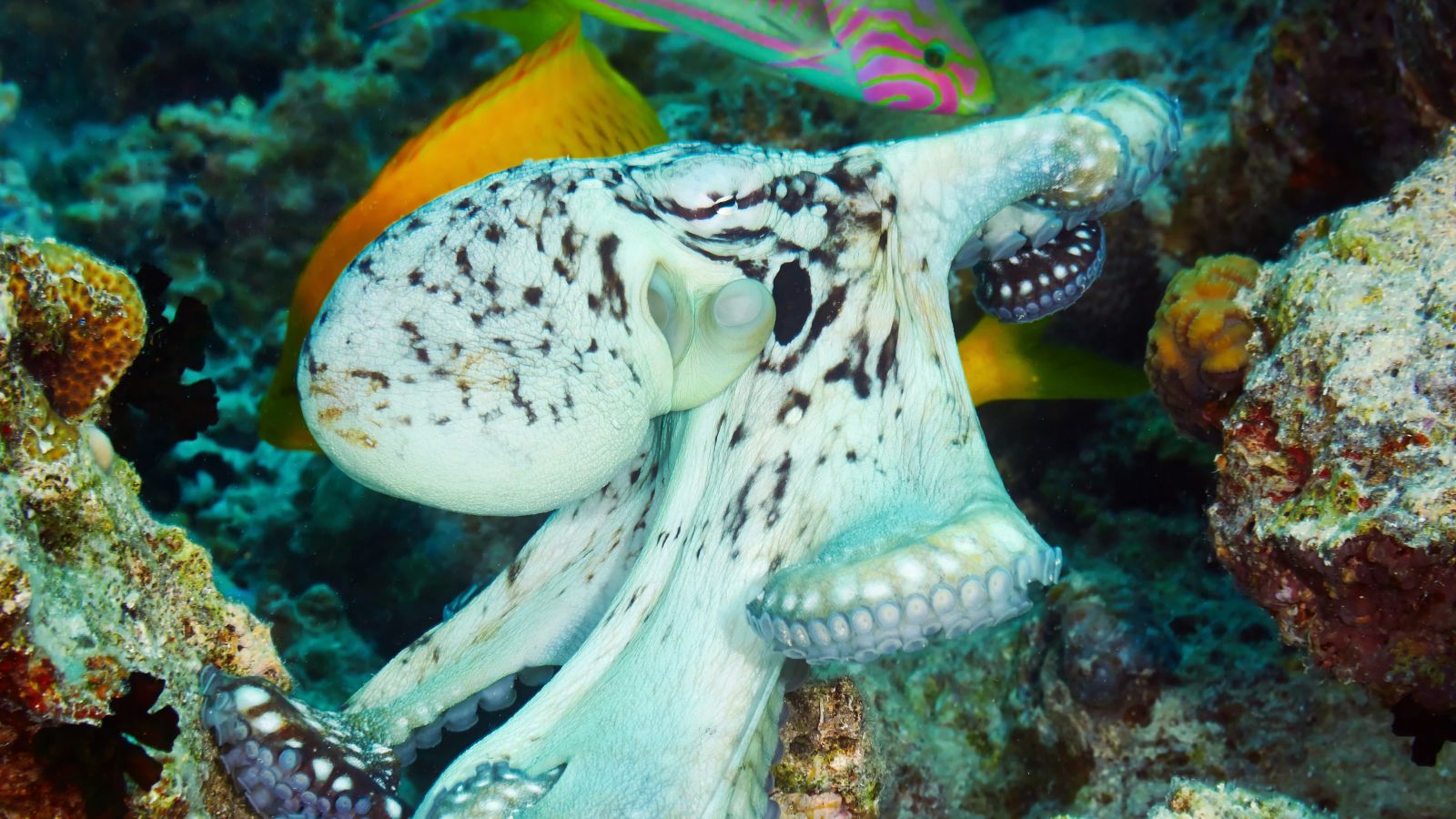
The Dumbo octopus is named for its resemblance to Disney’s favorite cartoon elephant. However, while Dumbo flew up, these creatures swim down—way down! They can live up to 7000 meters below sea level, lower than any other octopus, where they feed on crustaceans, worms, and other small creatures.
Costasiella Sea Slug
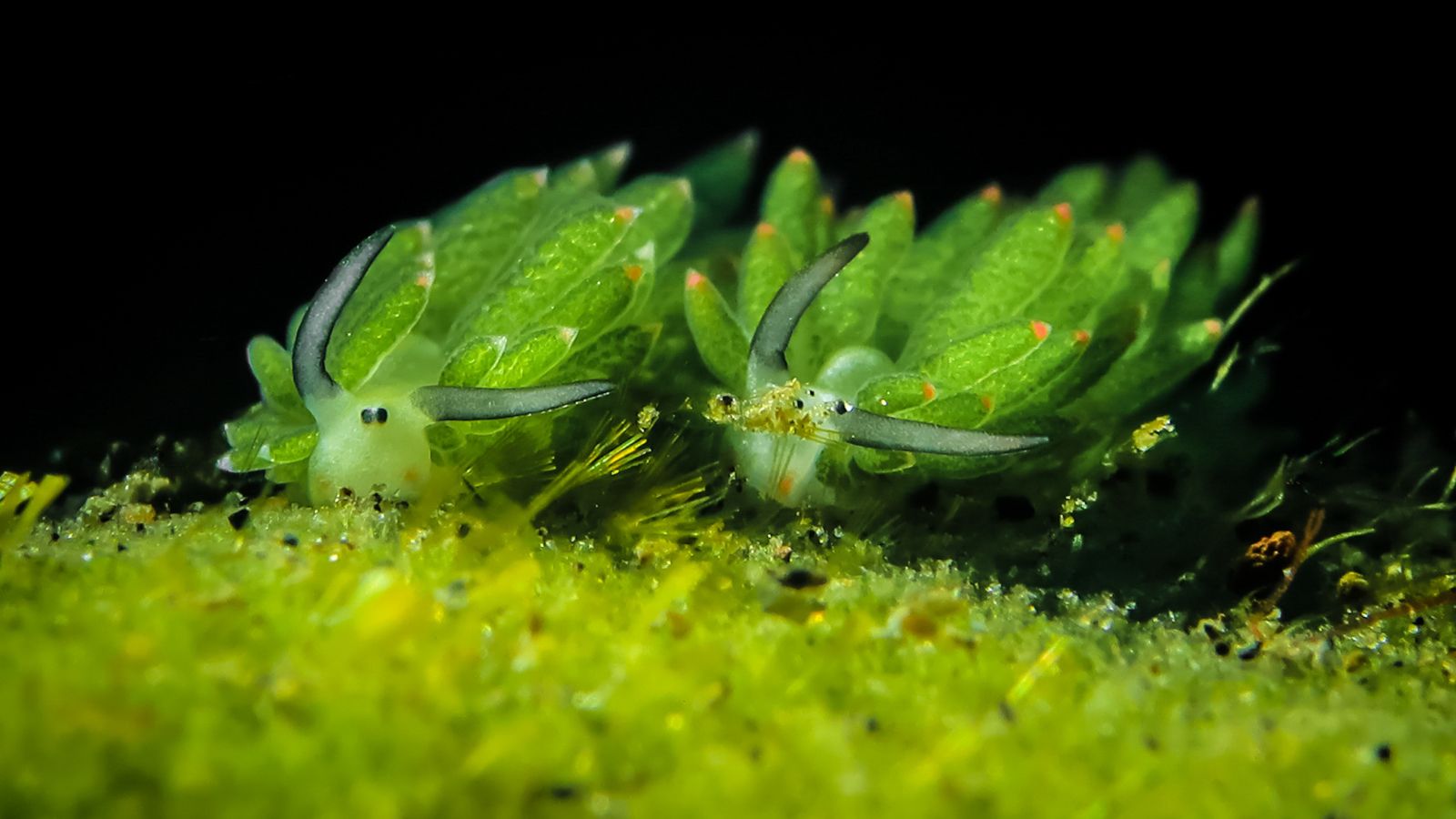
It’s often said that ‘you are what you eat,’ but this is literally true in the case of the Costasiella sea slug. These ocean-dwelling mollusks don’t just eat algae for its nutritional value. Discover Wildlife explains that they also absorb chloroplasts from their food, which allows them to photosynthesize.
Angelshark
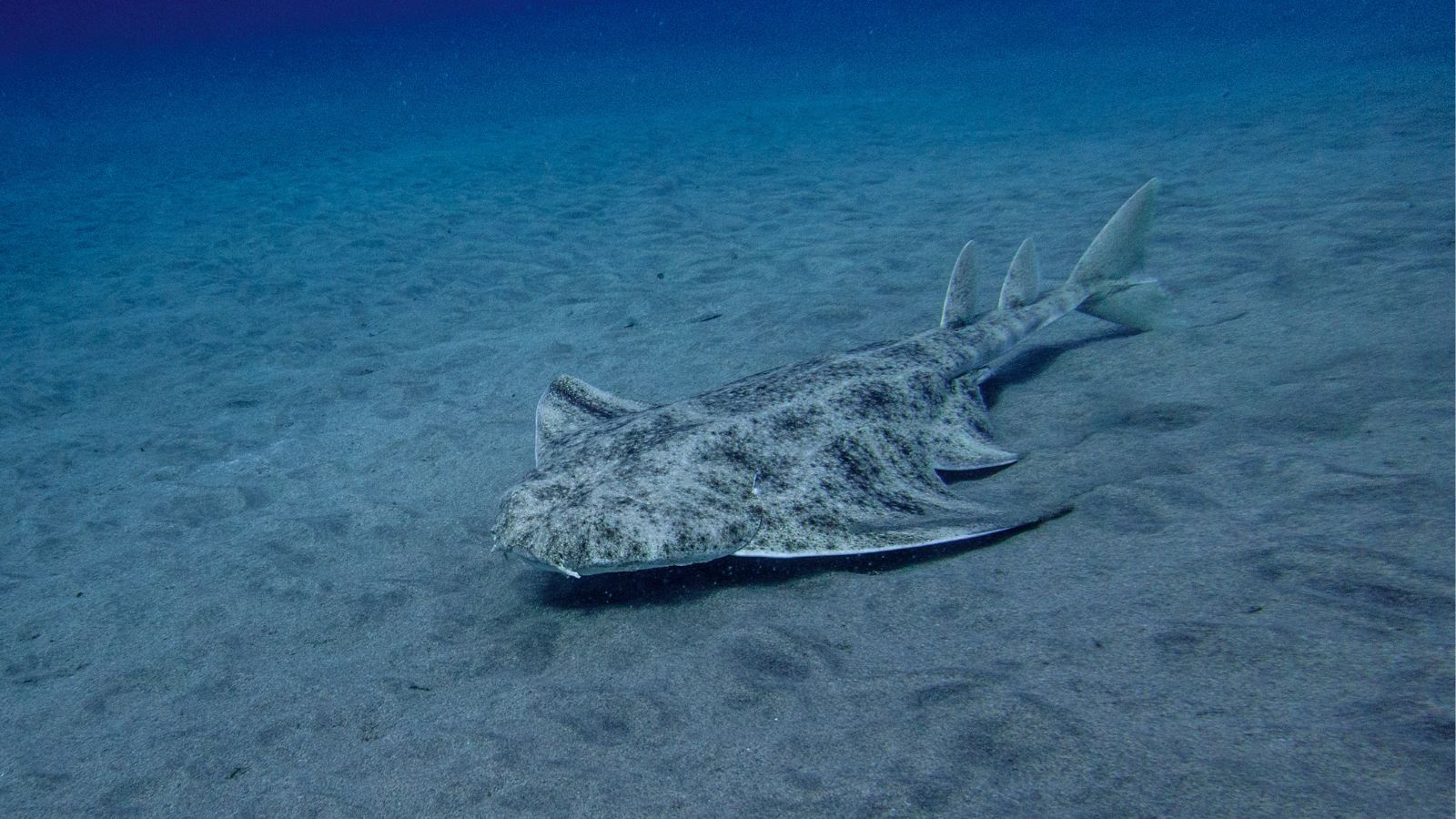
If a Great White ever got into a fight with a steamroller, the result might look something like an Angelshark. These pancake-flat animals can be found in oceans around the world. Unfortunately, fishermen often catch these creatures by accident, and many angelshark species are now classified as critically endangered.
Giant Isopods

You’re probably familiar with pillbugs, but what about their giant undersea cousins? Giant isopods live on the seabed, where they can grow up to a foot in length. These scavengers prefer cold water regions, and they can be found far beneath the surface of the Atlantic, Pacific, and Indian oceans.
Flying Fish

Flying fish build up momentum while swimming, then pop out of the waves and glide for up to 45 seconds. This unexpected talent helps them escape from aquatic predators, but it leaves them in danger of bird attacks! Nonetheless, if ocean-dwellers ever organize an underwater triathlon, our money is on these guys.
Northern Stargazer

You’ve heard of having eyes in the back of your head, but what about the top? National Geographic describes how the northern stargazer’s unique biology (its mouth and eyes point upwards) allows it to capture small prey that swims overhead. Be careful where you’re stepping if you go diving near the East Coast!
Christmas Tree Worm

Fish who forget to decorate for the holiday season are no doubt grateful for the Christmas tree worm, which adds some much-needed glitz to the depths of the ocean. These creatures may look like plants, but they’re actually worms—their unusual structure helps them to feed and breathe.
Japanese Spider Crab

The fearsome Japanese spider crab is huge, with a leg span of 3.7 meters. These crabs also star in a conspiracy theory: when the Soviet Union shot down a Korean airliner in 1983, only a few bodies were recovered. Some Soviets argued that Japanese spider crabs had eaten the passengers, although scientists dispute this.
Up Next: 19 American Foods that Are Not Allowed in Other Countries

We can debate all day about who has the safest food supply in the world. Though, I’d bet you would be surprised at how many everyday American foods are banned in other countries. Most are due to chemical additives and pesticides, which, in places like the EU, cannot be approved for use unless proven safe. Let’s take a look at 19 of them.
19 American Foods that Are Not Allowed in Other Countries
19 Things That Will Happen When You Stop Drinking Alcohol

Whether you identify as an alcoholic or a casual drinker, alcohol can have a significant negative impact on your health. This is why more and more people are choosing to go cold turkey for the sake of their well-being. If you’re considering going sober but need a little more convincing, we’ve got you covered. Here are 19 things that will happen when you stop drinking alcohol.
19 Things That Will Happen When You Stop Drinking Alcohol
17 Things Guests Actually Notice Right Away About Your House

Inviting people into your home is a big deal. You may be very house-proud or house-conscious, and if you are either, you’ll likely get anxious about hosting. If this sounds like you, stop worrying and focus on the following 17 things that guests actually notice right away about your house.
17 THINGS GUESTS ACTUALLY NOTICE RIGHT AWAY ABOUT YOUR HOUSE
